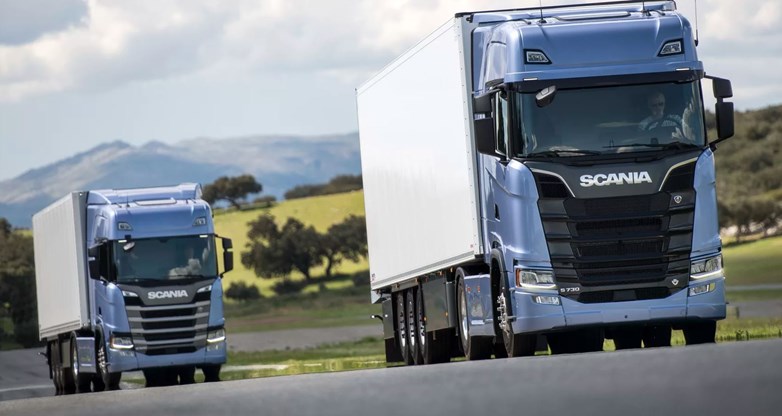Evolution of autonomous transportation systems
Vision and Importance
Digital Automation—through advances like machine learning, connected sensors and advanced analytics—has led to increased interest in creating social and organizational value through automation. The hope is that automation will allow for more stream-lined services, done with less waste, and thus executed more sustainably.
However, neither how automation is conceived of by societies and organizations, nor what it will take to implement a scalable solution are well understood. Indeed, the very definition of “smart” is unclear: should a smart solution be the most sustainable, the fastest, or the one that delivers the most social value? These questions are deserving of exploration and understanding as we progress in an increasingly automated world.
Zooming in on Automated Transport
One particularly cutting-edge area of automation, automated transport, stands out as particularly fast-moving, and as such may set the standard for how digital automation is implemented at scale—and what the social and organization antecedents and implications are that emerge. Drawing on a unique opportunity to follow the development of Smart solutions and autonomous transport at an early stage, we are interested in the following questions:
- How does the definition of “Smart” affect the emergence of automated transport technologies?
- How is the value that results from digital automation shared and measured?
- How, and why, does such an ecosystem emerge given the implicit ambiguities involved?
- Given the scale of the digital innovations, how do the actors involve organise themselves in pursuit of their shared goals?
The Researchers
Magnus Mähring
Erling Persson Chair in Entrepreneurship and Digital Innovation, Professor and Department Head - Department of Entrepreneurship, Innovation and Technology. Director - House of Innovation.
Anna Essén
Associate Professor - Department of Entrepreneurship, Innovation and Technology
Claire Ingram Bogusz
Affiliated Research Fellow, Senior Lecturer - Uppsala University
Lotta Hultin
Affiliated Research Fellow, Associate Professor - Stockholm University
